Introduction: Unpacking ADHD – A Common Concern for Parents
As parents, we constantly observe our children's growth, learning, and unique personalities. We celebrate their milestones and navigate their challenges. However, sometimes certain behaviors might raise questions, leading us to wonder if there's more to their struggles than typical childhood antics.One such area of concern for many families is Attention-Deficit/Hyperactivity Disorder, commonly known as ADHD. It's a term often heard, but truly understanding what it means and how it impacts a child can be daunting.This article will demystify ADHD, explaining what it is, outlining its core symptoms, and guiding you on what signs to observe in your child.
What Exactly is ADHD? More Than Just "Hyperactivity"
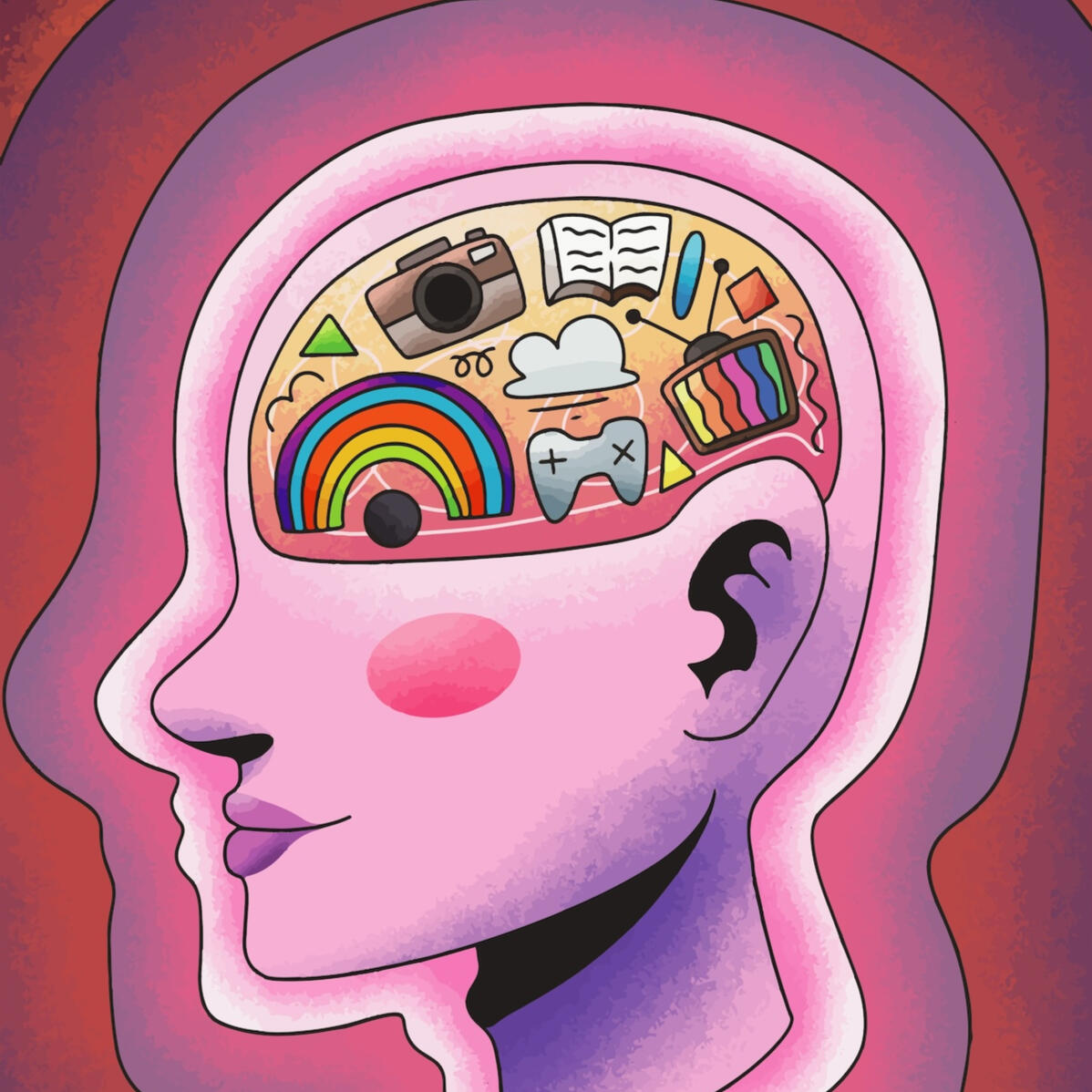
While all children can be inattentive, hyperactive, or impulsive at times, for a child with ADHD, these behaviors are:
Persistent: They occur regularly over a long period (at least six months).
Pervasive: They are present in multiple settings (e.g., at home, at school, with friends).
Impairing: They significantly interfere with the child's functioning in daily life, such as academic performance, social relationships, or family dynamics.The symptoms of ADHD are generally categorized into three main types:
Have trouble paying close attention to details or make careless mistakes in schoolwork.
Struggle to sustain attention during tasks or play activities.
Seem not to listen when spoken to directly.
Fail to follow through on instructions or finish schoolwork or chores.
Have difficulty organizing tasks and activities.
Avoid or dislike tasks that require sustained mental effort (like homework).
Lose things necessary for tasks or activities (e.g., toys, school assignments, pencils).
Be easily distracted by unrelated stimuli.
Be forgetful in daily activities.
Fidget with hands or feet or squirm in their seat.
Leave their seat in situations when remaining seated is expected.
Run about or climb in situations where it is inappropriate.
Be unable to play or engage in leisure activities quietly.
Be "on the go" or act as if "driven by a motor."
Talk excessively.
Children with predominantly hyperactive-impulsive ADHD might also:
Blurt out answers before questions have been completed.
Have difficulty waiting their turn.
Interrupt or intrude on others (e.g., butt into conversations or games).
It's common for children to exhibit symptoms from both inattentive and hyperactive-impulsive categories, leading to a "combined presentation."
Early Signs: When to Start Paying Attention
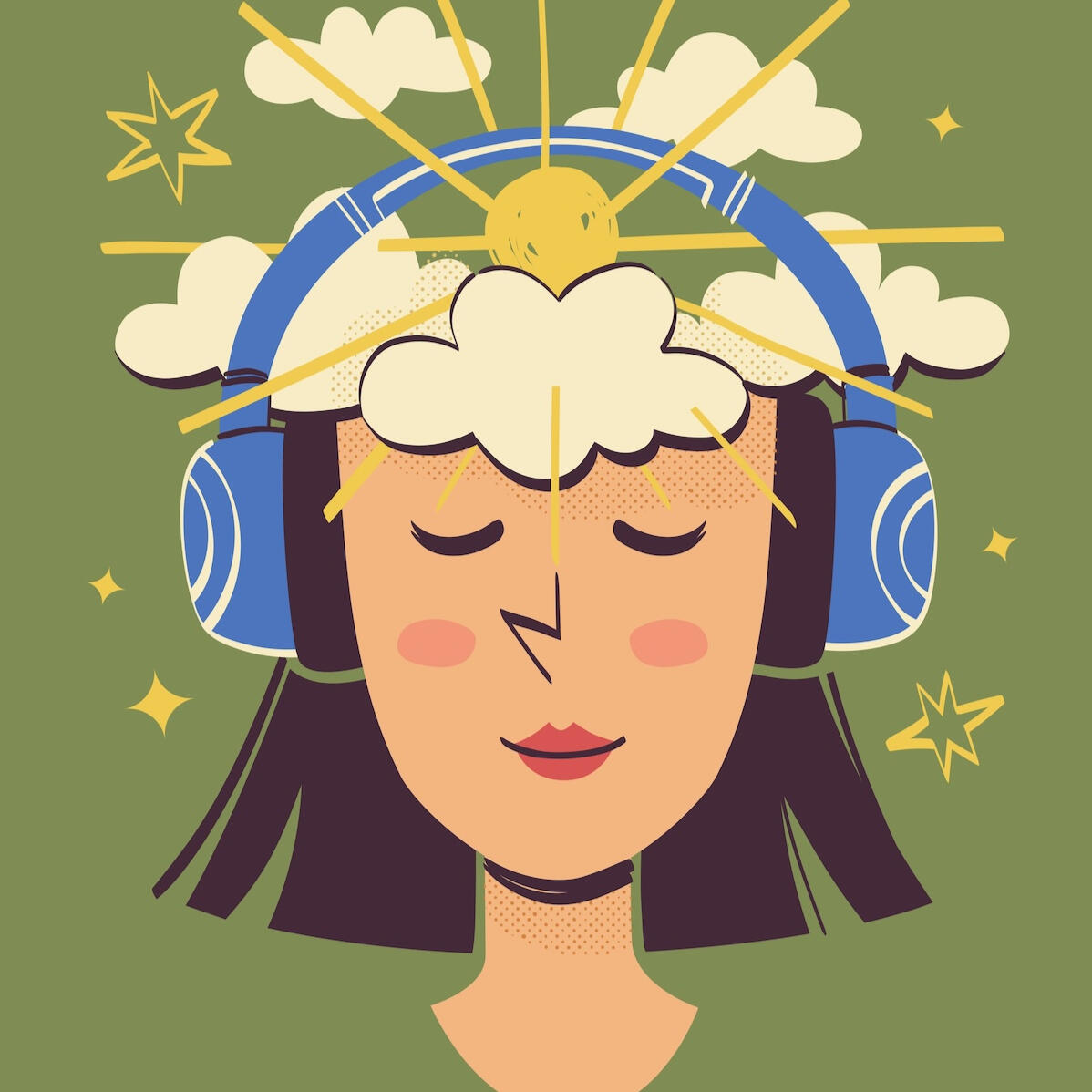
While ADHD is typically diagnosed in school-aged children, early signs can sometimes appear in preschool years. Parents might notice:
Difficulty with routines: Struggling to follow simple instructions or transitions.
Excessive energy: A child who is constantly moving, even more so than typical toddlers.
Short attention span: Unable to focus on a single activity for even a short period.
Impulsive actions: Frequent tantrums, hitting, or grabbing without thinking.
Social challenges: Difficulty sharing, waiting, or playing cooperatively with peers.It's crucial to remember that these behaviors alone don't necessarily mean a child has ADHD. Many young children exhibit some of these traits as part of normal development.
Long Term Or Short Term Symptoms?
However, if these behaviors are severe, persistent, and significantly impact the child's ability to function at home, in daycare, or in preschool, it's worth discussing your observations with a pediatrician or child development specialist.This is perhaps the most important point to be made regarding the diagnosis of most mental health issues.To determine whether the symptoms in question are due to an actual health issue, it first needs to be determined how detrimental and crippling these symptoms are. Which is to say how much are the symptoms affecting the day-to-day life, and whether they affect things like long-term learning as well as the achievement of long-term goals.
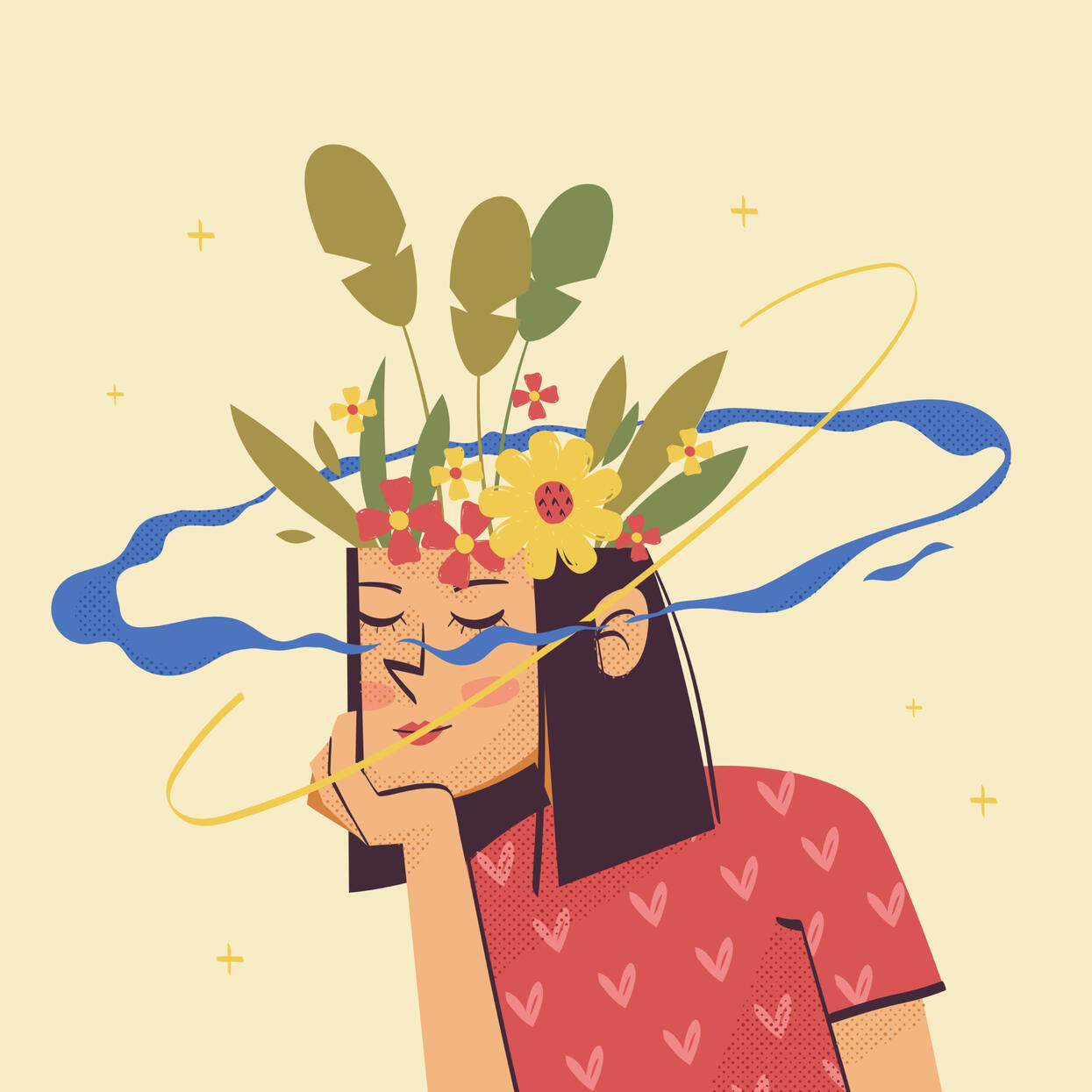
Benefits Of Early Detection
The most important thing about early detection of an ADHD issue is that as a parent and even as a child you know exactly what is going on. A problem is more confounding when it is not understood what the problem is. Once everyone knows what it is that is going on, the stress of a situation becomes less, specially when there are solutions and means to tackle a particular issue. Luckily with ADHD there are several things that can be done to listen the impact for everyone involved. Early detection can open the door to early support and interventions, which can make a significant difference in a child's development and well-being.
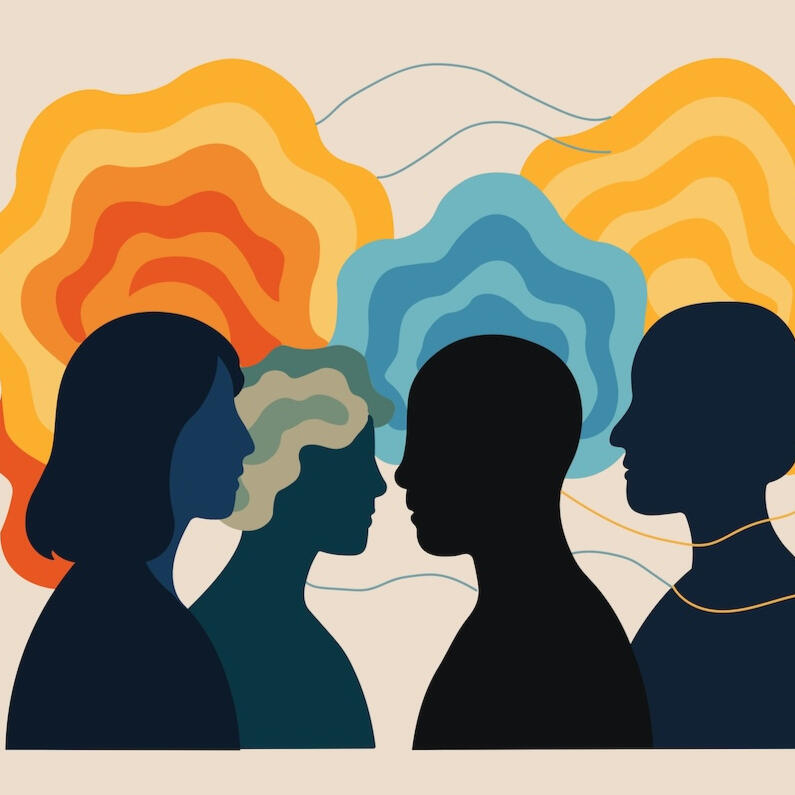
Home Screening for ADHD: Quick Checks at Home
You might see certain behaviors in your child. Or maybe you, as a young person or adult, notice things about yourself that seem like ADHD. Before getting a real diagnosis, you might wonder: "Can I check this at home?" Yes, you can use home checks like online tests and lists. They can help you feel sure about your worries and get ready to talk to a doctor. But remember, these tools have a special job and limits.
Home Screening for ADHD: Quick Checks at Home
Home checks for ADHD are usually questions or lists. They are made to:
Find possible signs: They list common ADHD signs (like trouble focusing, fidgeting, acting without thinking). They ask you to say how often these happen to you or your child.
Give a first idea: Your answers might suggest that ADHD signs are there. This means you should look into it more.
Help you think: For adults, these tools can help you look at old habits and see if they link to ADHD.
Make talking to doctors easier: They help you put your thoughts and worries in order. This makes it simpler to talk to a doctor or expert.
You can find these tools easily online, often from trusted groups. You might also find them in books about ADHD.
Types of Home Checks
Symptom Lists (like simpler versions of Vanderbilt or Conners' Scale): These are like parts of the lists doctors use. They ask about specific actions related to not paying attention, being overly active, and acting on impulse. For a child, a parent fills it out. Sometimes, a teacher's thoughts are also asked for. For an adult, you fill it out yourself.
Example for a child: "How often does your child find it hard to pay attention during tasks or play?" (Choices: Never, Seldom, Sometimes, Often, Very Often)
Example for an adult: "How often do you find it hard to stay focused on a task that needs a lot of thinking?"
Online Quizzes: Many websites have quick quizzes. These give you a general idea if your signs match ADHD. They are usually not as full as the lists but are a good start.
You can find these tools easily online, often from trusted groups. You might also find them in books about ADHD. As you can see from these questions, even the simple ones can be difficult to answer, because you might wonder what is the difference between 'seldom' and 'sometimes'. This is why seeking professional help is recommended. But Home Tests for ADHD also have their place. Let's talk about that for a minute.
Why Home Checks Are Helpful
Home checks are good because they help you:
Confirm your gut feeling:
If you've had a feeling about certain actions, seeing them on a list can make you feel better.Learn more:
Filling out a list helps you learn about the exact signs of ADHD.Get ready for a doctor's visit:
Having a filled-out list with examples of actions is very useful when you talk to a doctor. It gives clear facts and helps you remember important details.Feel less worried at first:
For some, getting a first idea can help calm worries about the unknown. It helps them feel ready to get more help.
Big Limits: Why Home Tests Are NOT a Diagnosis
It is very important to know that home checks and online tests are NOT a diagnosis. You cannot, and should not, use them to say you have ADHD. Here's why:
Your view might be different:
How you see how often or how bad a sign is might be different from what a doctor sees.Missing the full picture:
A real diagnosis needs to look at signs in many places (home, school, work, friends). It also looks at how long they've been happening and how they affect your daily life. Home tests usually don't show all of this.
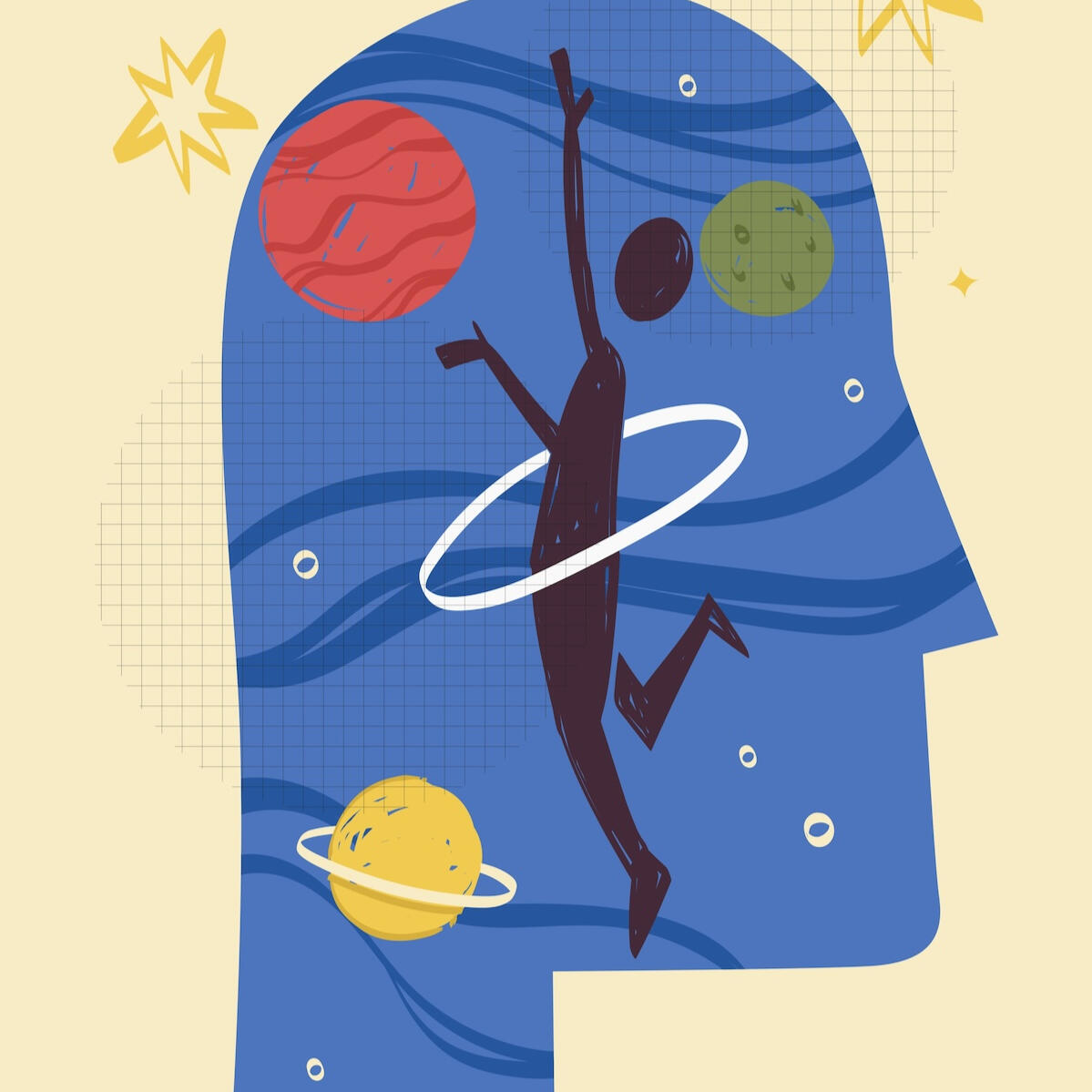
Other problems can look like ADHD:
Many other health issues can have signs like ADHD (like worry, sadness, learning problems, sleep issues, past bad experiences). A doctor checks for these other things.No talk with a doctor:
A diagnosis mostly comes from a deep talk with a doctor. They look at your past and get info from many people (parents, teachers, partners, or you).Expert judgment:
Doctors are trained to see how much the signs are causing problems. They know if they meet the exact rules in medical books like the DSM-5.Other problems can look like ADHD:
Many other health issues can have signs like ADHD (like worry, sadness, learning problems, sleep issues, past bad experiences). A doctor checks for these other things.No talk with a doctor:
A diagnosis mostly comes from a deep talk with a doctor. They look at your past and get info from many people (parents, teachers, partners, or you).Expert judgment:
Doctors are trained to see how much the signs are causing problems. They know if they meet the exact rules in medical books like the DSM-5.
When to Go Beyond Home Checks
If a home check suggests you have ADHD signs, or if you still worry even without a clear online test result, the next and most important step is to see a professional for a full check-up. Think of home checks as a helpful light showing you a path. But a professional diagnosis is the real map and compass that truly guides you.
Using these tools wisely means knowing they are a starting point for talking and thinking about yourself, not a final answer. They help you take the first step to understanding. But getting clear answers and the right help always needs an expert.
Examples:ADHD UK: Offers a self-screening survey for adults.
Exceptional Individuals: Provides an ADHD test with insights into ADHD traits.
Amaha: Offers a self-assessment to help understand potential ADHD symptoms.
Child Mind Institute: Provides a Symptom Checker for children and teens.
MHA Screening: Offers an ADHD screening tool.
Psychology Today: Provides an ADHD test/quiz.
Psych Central: Offers an ADHD quiz.
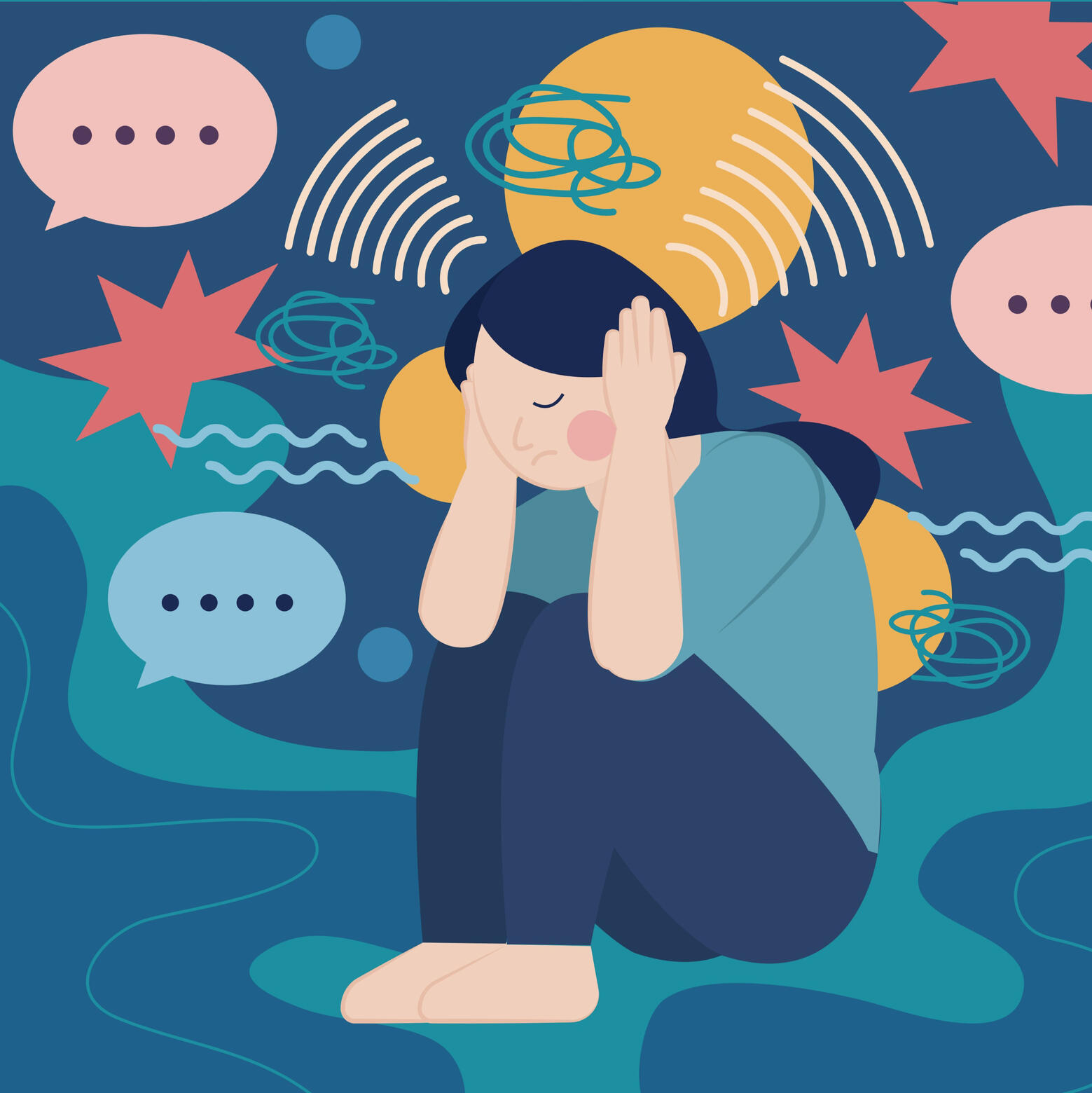
ADHD Through the Years: From 'Mischievous' to Understood
It's fascinating how our understanding of human behavior evolves over time. What was once dismissed as a character flaw or simply "being difficult" is now, thanks to advancements in neuroscience and psychology, recognized as a complex neurodevelopmental condition.
This shift is particularly evident when we look at Attention-Deficit/Hyperactivity Disorder (ADHD) in children. Many of us, looking back at our own school days, can recall children who, through a modern lens, might clearly exhibit signs of ADHD, yet were labeled very differently.
Historically, How ADHD Was Often Mislabeled As Mischief
Decades ago, before widespread awareness of ADHD, the behaviors we now associate with the disorder were often attributed to a child's temperament, upbringing, or simply a lack of discipline. A child who couldn't sit still might be called "antsy" or "disruptive."One who struggled to focus might be deemed "lazy" or "unmotivated." The concept of a brain difference affecting attention and self-control was largely non-existent in common discourse.I recall an instance from my own schooling, a few decades back, when a boy in my class was perpetually in motion.No matter what the teacher tried, he found it incredibly difficult to sit still. One memorable day, in a moment that was more of a desperate, comical attempt than malice, the teacher playfully tied him to his chair.The entire class, including the boy, found it humorous. Yet, even with this physical restraint, his energy was so boundless, his fidgeting so relentless, that he literally hopped around the classroom with the chair still attached to him. He wasn't malicious; he was just driven by an internal motor he couldn't control.At the time, this child was simply labeled "mischievous" by teachers and parents alike. His inability to sit still, his constant movement, and his difficulty in following instructions were all seen as deliberate acts of defiance or an excess of "boyish energy."There was no framework to understand that his brain might be wired differently, making sustained stillness and focused attention an immense, almost impossible, challenge.
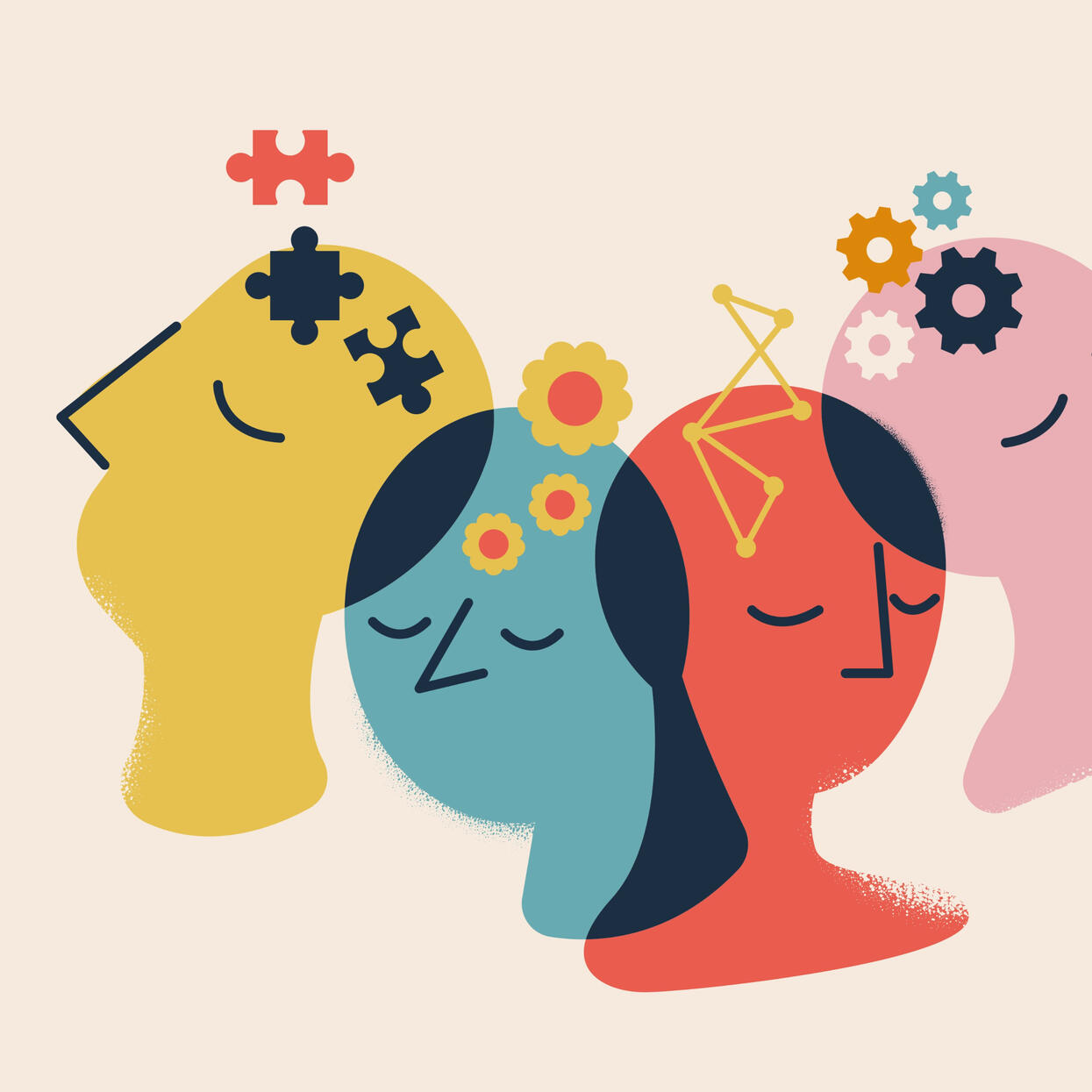
The Impact of Undiagnosed ADHD
While the anecdote I shared might seem lighthearted in retrospect, the reality for many children with undiagnosed ADHD in previous generations was often far from it. Being constantly misunderstood, disciplined for behaviors they couldn't control, and failing to meet expectations could lead to:
While the anecdote I shared might seem lighthearted in retrospect, the reality for many children with undiagnosed ADHD in previous generations was often far from it. Being constantly misunderstood, disciplined for behaviors they couldn't control, and failing to meet expectations could lead to:
Low Self-Esteem:
Repeated criticism and perceived failures can deeply damage a child's sense of self-worth.
Academic Struggles:
Without appropriate support or accommodations, school became a constant battle, leading to frustration and underachievement.
Social Isolation:
Difficulty with impulse control or social cues could lead to challenges in forming and maintaining friendships.
Behavioral Challenges: The frustration of not being understood could manifest in more pronounced behavioral issues, creating a vicious cycle.

The Power of Modern Awareness and Understanding
Today, thanks to decades of research and advocacy, our understanding of ADHD has transformed. We recognize that the "mischievous" child from yesteryear might have been struggling with genuine neurological differences. This awareness is incredibly powerful because it shifts the narrative from blame to understanding, and from punishment to support.
Modern diagnostic tools allow professionals to identify ADHD based on established criteria, differentiating it from typical childhood exuberance. This leads to:
Targeted Interventions:
Instead of simply demanding "better behavior," children can receive therapies, accommodations, and sometimes medication that address the root causes of their challenges.Empowerment:
Children and families can learn strategies to manage symptoms, leverage strengths, and build resilience.Reduced Stigma:
While stigma still exists, increased awareness helps foster empathy and a more supportive environment in schools and communities.
Rethinking Labels: A Deeper Look at Mental Health and the Human Experience
In our modern world, we often seek to understand and categorize everything around us. This drive for definition is particularly strong when it comes to the complex tapestry of human experience, especially within the realm of mental health and well-being.While diagnostic labels serve crucial purposes, there's a growing conversation about whether we've gone too far, potentially pathologizing normal human variations and reactions.Here we delve into the nuanced debate surrounding the labelling of human conditions, focusing specifically on mental health.
The Double-Edged Sword of Diagnosis: Benefits and Concerns
The practice of labelling conditions is deeply ingrained in medicine, including mental health. On one hand, a diagnosis can be incredibly validating. It can provide a name for previously confusing symptoms, offer a pathway to understanding, and unlock access to necessary support, resources, and treatment.For many, receiving a diagnosis can be a relief, transforming a personal struggle into a recognized condition with a potential management plan.It can foster community among those with similar experiences and reduce the isolation often felt when grappling with internal challenges.However, the proliferation of labels also sparks an ongoing debate, with valid arguments on both sides. My personal observation, and one shared by many, is that sometimes this practice feels as though it has been taken a bit too far.
It seems that an increasingly wide variety of symptom combinations can now be neatly packaged into a specific syndrome.I can share a recent experience: someone close to me received a diagnosis for a syndrome I had never encountered before.The primary "symptoms" leading to this diagnosis were: a reduced desire to venture out of the house or to frequently meet people. Now I am sure that there were other factors that were made known to the psychiatrist by the patient.But what I got me thinking was the fact that the diagnosed condition and the connected syndrome was nothing that I had ever heard of. Not just me but no tear around me had out of it as well.It felt like that there was a high possibility that one could be diagnosed with some mental condition or another for a given set of symptoms.
I said what I often say to people when they are made to question how they feel and behave in comparison to what is though to be 'normal'."If you're happy staying in and being content with your own company, and it genuinely doesn't bother you, then it's not a problem at all. A 'problem' only arises if these 'symptoms' genuinely cause you distress, inconvenience, or significantly interfere with your life in a way that you find problematic."Even if such a preference for solitude impacts one's work, I'd argue that the "problem" might lie more with the nature of the work itself – perhaps it demands a level of extroversion or constant social interaction that doesn't align with one's natural inclination.Although, I will add, the person in question was pretty happy with having with diagnosed. It seemed like the diagnosis validated what he had been experiencing and eased the pressure off of him to perform or conform to 'normal' expectations.
The Extroversion Bias: Are We Labelling Natural Temperaments?
For a long time, society has been largely obsessed with the idea of extroversion, often frowning upon individuals who are naturally private or introverted, as if these were some form of ailment. This cultural bias has, thankfully, begun to shift in recent years, largely due to the recognition of countless accomplished individuals – artists, writers, scientists, and thinkers – who were recluses or introverts, yet contributed immensely to the world.I recall reading about a renowned spiritual guide who was so profoundly shy that he would refrain from meeting the hundreds of people who would travel to his home just to see him. Instead, he would appear briefly from his balcony or rooftop, refusing to come out or engage directly.This anecdote highlights that what we now might hastily label as a "social anxiety disorder" or "avoidant personality" could simply be a deep-seated temperament, a preference for solitude that, for the individual, is perfectly natural and even conducive to their unique way of being and contributing.The question then becomes: when does a natural temperament, a preference, or a coping mechanism cross the line into a diagnosable condition? And who determines that line?
The Peril of Labelling Children: Anxiety and ADHD in Focus
The issue of labelling mental health challenges becomes even more intricate and potentially problematic when applied to children.Take "anxiety," for example. The term has become incredibly commonplace among today's teenagers.They are so frequently exposed to discussions about it that it has become a "thing," and, perhaps more concerningly, something they are led to believe they should never experience.Let's pause and consider this from a broader perspective. If you are over thirty, you likely remember that feeling anxious before examinations was entirely normal for most students, save for a rare few. It's equally natural to feel a surge of anxiety before stepping onto a stage, before a big game, or any situation demanding a certain level of performance. Many of us experience it before traveling or embarking on significant life changes.These are typical human responses, a built-in alarm system designed to prepare us for challenges or potential threats.However, instead of viewing these feelings as a regular, often adaptive human condition – anxiety has been re-framed as an inherently unfavorable reaction, something to be avoided at all costs.There's a crucial distinction between saying, "I am feeling anxious," and "I have anxiety." When a child is told they "have anxiety," it solidifies the feeling into a fixed identity, a "thing" that can have certain unintended, less advantageous effects.
The "Excuse" Dilemma: ADHD and Behavioral Responsibility
One significant concern for parents is the potential for a child to begin associating too strongly with a specific mental health condition, potentially using it to excuse or justify their behavior.For instance, if a child is diagnosed with Attention-Deficit/Hyperactivity Disorder (ADHD), parents sometimes worry that the child might start using this diagnosis to explain away intemperate or uncontrollable actions.The fear is that the child might begin to believe that because they "have" this condition, they are entitled to behave in certain ways, leading to an increase in unfavorable behaviors that might have little to do with the core aspects of ADHD itself.Parents also often reason that what we now classify as ADHD – characteristics like high energy, difficulty focusing, or impulsivity – have existed for centuries before this specific set of symptoms was formalized and given a label. People exhibiting these traits existed long before ADHD became a recognized diagnosis.And, for the most part, society, and the individuals themselves, managed these characteristics symptomatically, without attaching a definitive label that implied a fundamental "problem" with the person's identity.Therefore, when presenting an ADHD diagnosis, it's crucial to frame it in a way that empowers the individual to understand their unique brain wiring and how it impacts them, rather than implying they "have something" that defines them as inherently flawed or unwell.The focus should be on strategies for managing challenges and leveraging strengths, not on a permanent, unchangeable identity.
When a Label Becomes a "Thing": The Power of Naming
This is precisely where my concern with labels lies. The moment you assign a name to a set of experiences and classify it as a distinct "thing," it becomes a thing in the minds of many.If a collection of symptoms were recognized and understood, but not given a definitive, overarching label, it might paradoxically be more helpful. It would allow for individual variation and a less rigid interpretation of what constitutes "normal."Sometimes, it feels as though mental health experts are so eager to diagnose that they continually introduce new syndromes that seem to overlap significantly with existing ones. It can feel as if you could sit in front of an expert, describe almost any human experience, and they would find a corresponding syndrome.Words like "sadness," "unusual," or "quiet" – once descriptors of common human states – now seem to carry the weight of potential diagnoses.I find this approach problematic because the vast majority of people are dealing with something or other. No one is genuinely happy all the time. Being content in a social setting doesn't negate personal struggles or strife in one's private life.The human condition is inherently complicated, and this complexity is a universal experience. Look at marriages that have lasted over fifteen years; many would likely benefit from some form of counseling, not because they are "broken," but because the dynamics of long-term relationships are complex and evolve.Similarly, there's a significant difference between "being depressed" – a temporary state of low mood or sadness – and "having depression," which refers to a clinical diagnosis of a persistent mood disorder.Yet, these two distinct concepts are frequently confused, leading to unnecessary alarm or misinterpretation.
The Philosophical Undercurrent: Intelligence, Happiness, and Existence
This discussion about labels and the nuances of human experience naturally leads to deeper philosophical questions about intelligence, happiness, and our place in the world.I am reminded of a quote, often attributed to Ernest Hemingway, which I frequently echo: that intelligence and happiness are rarely found together in the same person. (This is, of course, a paraphrase).This sentiment resonates deeply. If one possesses a genuine sense of empathy and intelligence, how can one truly ignore the state of millions, even billions, of people on this planet, regardless of how beautiful or pleasant one's immediate surroundings may be?How can one overlook the profound struggles, and sometimes full-blown tragedies, unfolding elsewhere?If you live in a developing nation or a region marked by significant economic disparity, you are constantly confronted with the stark differences in wealth and privilege. In such contexts, the best one can often do is count oneself among the fortunate.But then, that very intelligence prompts further questioning: Why am I the lucky one, and so many others are not? It could just as easily be me facing those hardships.Perhaps a form of intelligence also lies in accepting this fundamental asymmetry of life, acknowledging that there are questions about existence that simply cannot be answered.No one has truly deciphered the ultimate "why" of our presence here, after billions of years when this planet existed without us. When we truly contemplate ourselves as fleeting organisms inhabiting a small blue planet suspended in billions of light-years of empty space, things begin to feel profoundly weird and unexplainable.We often limit our thinking to the immediate world around us – our jobs, partners, children, the daily grind of putting food on the table. But beyond these essential concerns, the universe and our very existence are phenomena of immense strangeness and mystery.The human experience, in all its complexity, cannot always be neatly categorized or labelled. Perhaps understanding and accepting this inherent mystery, rather than striving to label every facet, is a path to a more profound form of well-being.
Conclusion: Embracing the Unlabelled Human Journey
In conclusion, while diagnostic labels in mental health undoubtedly offer benefits, it's crucial to approach their application with discernment, particularly when it comes to the vast spectrum of human emotions, temperaments, and reactions.Over-labelling risks pathologizing normal experiences, potentially fostering a sense of victimhood or excuse-making, and obscuring the inherent resilience and adaptability of the human spirit.Instead of rushing to assign a diagnosis, perhaps we can cultivate a greater appreciation for the nuances of individual experience, recognizing that sadness, quietude, or even anxiety are often natural responses to life's challenges, rather than immediate indicators of a disorder.The goal should be to empower individuals with understanding and coping strategies, fostering self-awareness and personal growth, without necessarily reducing their complex identity to a single diagnostic term.The human journey is rich, varied, and often defies simple categorization – and perhaps that's precisely where its true beauty lies.
